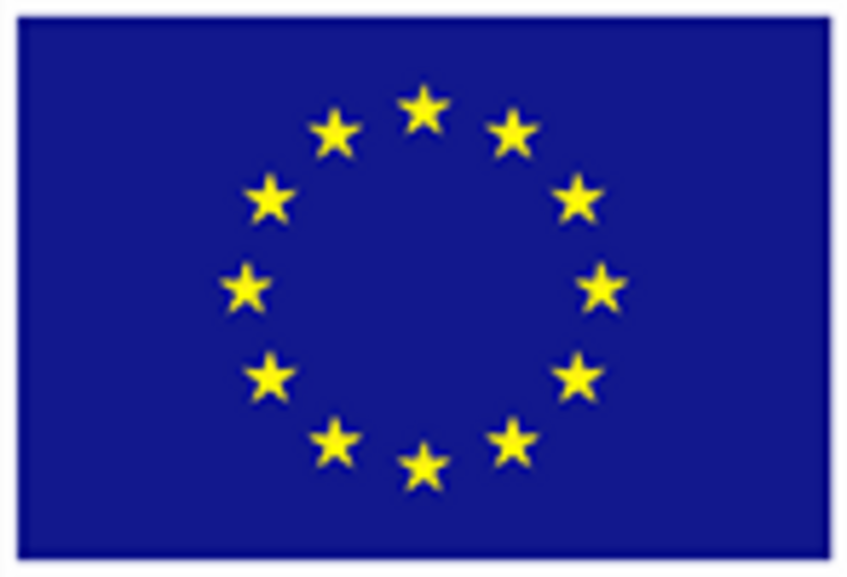What is non-territorial autonomy?
Non-territorial autonomy is a collective-rights-based concept to deal with national diversity within a country. It grants autonomous decision-making to an ethnically, linguistically or culturally defined national group. Irrespective of their place of residence within the state, all members of such a group form a corporate body. They elect representatives who then autonomously manage clearly defined areas of their national life, e.g. schools, cultural institutions, associations, etc. With its emphasis on national affiliation as the key denominator of autonomous rights, non-territorial autonomy belongs unquestionably to groupist approaches to minority protection.
The two alternative approaches to minority protection in European history attributed national rights either to the individual citizen or to autonomous territorial units. While both approaches have been applied more often and therefore have been subject to extensive research, NTAutonomy proposes to write the first history of non-territorial autonomy as a political idea and as an applied policy. It traces the idea of non-territorial autonomy from its emergence in the late Habsburg Empire, to its spread in interwar Central and Eastern Europe and through its continuities into present day European minority protection.
Adaptability and travel of an idea
We understand non-territorial autonomy as a translatable and adaptable tool for the protection of minorities that has been travelling through Europe for 150 years. We seek to understand how it circulated synchronically in geographically different but entangled spaces in Europe; and how it meandered diachronically from the late Habsburg Empire through the twentieth century. This project emphasises two analytical aspects of the movement of ideas. First, we focus on the hybrid outcomes and analyse the adaptations and differences to the purported ideal type. Second, we focus on the transmitters of the concept, whether people or texts.


This project has received funding from the European Union’s Horizon 2020 Research and Innovation Programme under Grant Agreement no 758015
